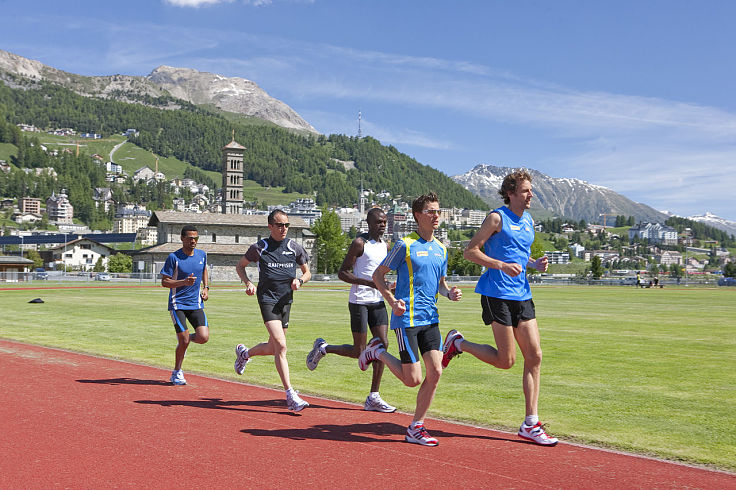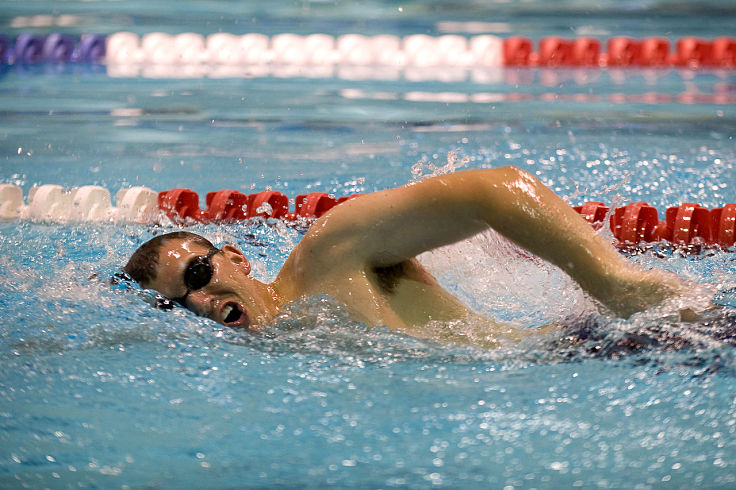Tips for Achieving Fitness Training Goals from Elite Athletes
Elite athletes display fierce determination and resolve to achieve their goals to go higher, faster and further. But, it does not just happen overnight, despite their unique talents.
Their success and strategies can inspire us all to achieve our own goals and to take on new challenges, though at much lower level.
This applies whether your aim is to complete your first marathon, better your golf handicap, or even achieve a career goal or objective.
Learning how elite athletes do it, can help us mere mortals like us to achieve our own objectives.
Studies have distilled the methods they use into a suite of tips and tricks that everyone can use.
Set a Long Term Goal and Break it Down into Milestones
Elite athletes, such as Olympians often have four-year plans for training and events, based on the next Olympics. Coaches and athletes then break the objective down into a set of tasks and processed organised around a set of milestones. These are progressive development objectives with smaller goals that build a pathway to the final objective. For example, if you are training for a cross-country hiking adventure, you could aim to walk two miles a day for the first three weeks. Then, you could increase the training up to ten miles a day over a three-month period. Breaking the goal into smaller steps or milestones helps turn a seemingly unreachable goal into smaller achievable steps.
Cross-train to Add Variety, Relieve Boredom, Add Enjoyment and Boost Training Outcomes
Cross-training adds variety, lowers the risks over-training, relives boredom tendencies, may help avoid injury. It also boosts aerobic fitness because you will be working different set of muscles. It also builds muscle strength and performance and can stimulate increased interest in training.
Train with Others
Most elite athletes don't train alone, but as part of a squad of people with varying skills and abilities. This encourages a spirit of competition and improves motivation. Training in groups is not one sided. There are benefits in helping others and working towards common goals. Teaching others is one of the greatest ways of learning.
Create a Support Team
Most elite athletes have a team supporting them. While professional teams are beyond the resources of amateurs it is worth considering who and how you can help from to achieve your goal. This may include getting help from a skills trainer, a physiotherapist, a physician or a nutritionist. Recognising that you need help is the start. Discussing issues with friends and training colleagues often helps identify what resources are available.
Find Out how to Sustain Your Motivation
Many elite athletes use yoga, meditation, music and even motivation videos and seminars to help them relax and stay mentally motivated and on track to achieve their goals. Training can be hard and very demanding and may take more of your time and energy. Find out what works for you. Having milestones helps, but you may need to find other ways to improve and sustain your motivation.
Adopt a Professional Attitude and Dedication
Your physical effort will be ineffective if you don't adopt the single-minded focus and discipline of a professional athlete. Half-hearted attitudes produce half-hearted outcomes. Success has its own rewards. This applies to the milestones as well as to the eventual goal.

